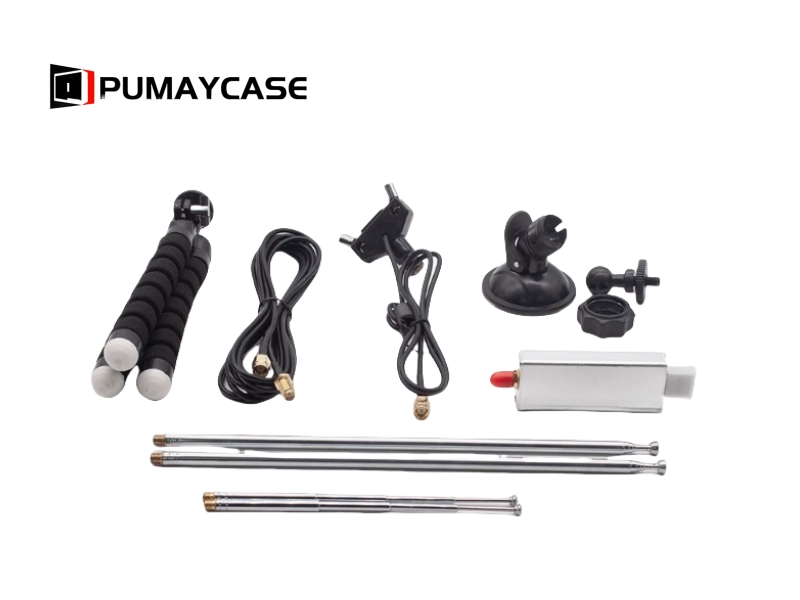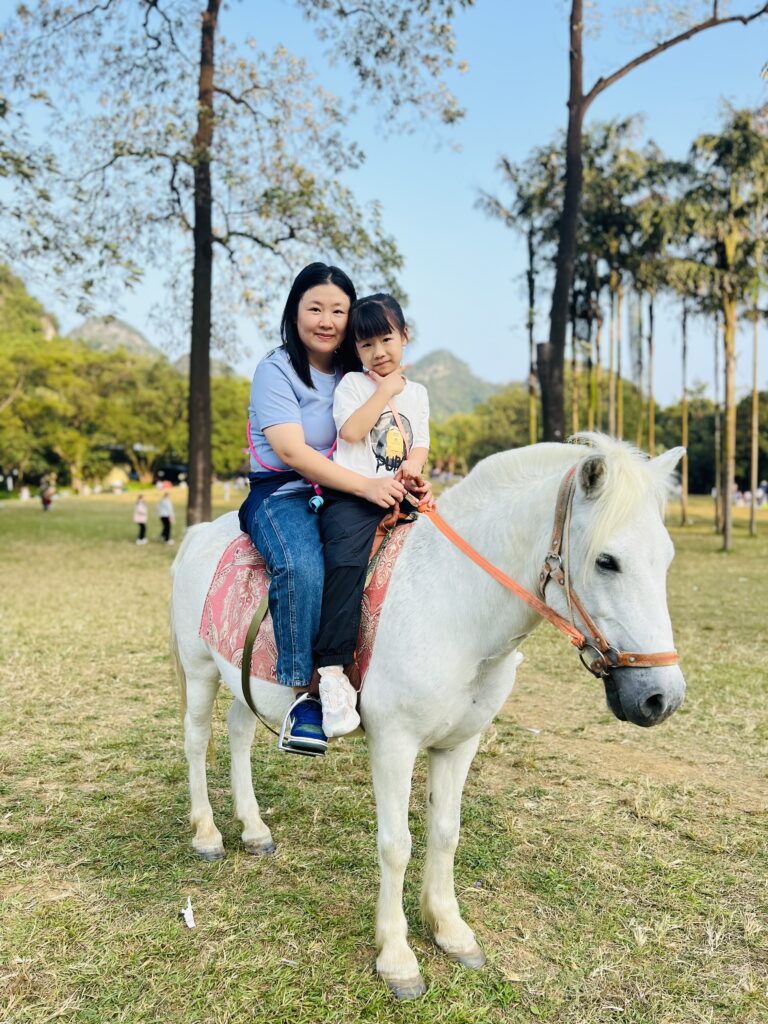A high-performance Software Defined Radio (SDR) system goes far beyond just the receiver. The quality and reliability of your signal depend on every link in the chain—from antennas and amplifiers to filters and enclosures. Whether you're a hobbyist decoding weather satellite images or an engineer conducting RF analysis, understanding the role of each accessory and how to select them is essential.
In this blog post, we’ll break down the core components that complement an SDR receiver and help you build a powerful, interference-resistant setup. We’ll also highlight how Pumaycase aluminum enclosures can enhance the durability, performance, and aesthetics of your SDR accessories.
The Importance of High-Quality SDR Accessories
While SDR receivers like the NESDR Smart v5 or RTL-SDR Blog V3 provide the core functionality, supporting accessories significantly impact overall performance. Below is an overview of key components:
| Component | Function | Selection Tips |
|---|---|---|
| Antenna | Captures radio signals | Match to frequency range; consider gain & size |
| Low-Noise Amplifier (LNA) | Amplifies weak signals without adding much noise | Look for low NF (Noise Figure) and linearity |
| Bandpass / SAW Filter | Blocks out-of-band interference to isolate desired signals | Select filter centered on your target frequency |
| Upconverter | Enables HF/shortwave reception for VHF-limited SDRs | Needed if your SDR doesn’t support <25 MHz |
| Enclosure (e.g. Pumaycase) | Shields equipment and reduces interference | Choose based on fit, shielding, and heat management |
Antennas: The First Line of Reception
Antennas are crucial and should be chosen based on your specific frequency range. For instance:
-
ADS-B (1090 MHz): 5–9 dBi collinear or magnetic whip antennas.
-
NOAA Weather Satellites (137 MHz): QFH or turnstile antennas.
-
HF Bands: Long wire or loop antennas.
A poorly chosen antenna can severely limit reception quality. Look for antennas with proper gain and bandwidth for your target frequency.
Low-Noise Amplifiers (LNA): Boosting Weak Signals
LNAs are placed close to the antenna to boost weak signals while keeping noise low. Good LNA design includes:
-
Low Noise Figure (<1 dB)
-
High Linearity
-
Built-in Bias-T or external power compatibility
For example, the Nooelec LNA or SAWbird series provides excellent options for GPS, GOES, or ADS-B.
Filters: Enhancing Selectivity and Reducing Interference
Filters help remove unwanted signals that could overpower your target frequency.
| Filter Type | Application Example | Benefit |
| Bandpass | NOAA APT (137 MHz) | Reduces FM interference |
| SAW Filter | GPS L1 (1575.42 MHz) | Extremely narrow, high rejection |
In crowded urban areas, filters are essential to prevent front-end overload.
Upconverters: Unlocking the HF Spectrum
Many affordable SDRs can’t natively tune below \~25 MHz. Upconverters shift HF signals into a higher frequency range that the SDR can process.
-
Popular Choice: Ham It Up by Nooelec
-
HF Coverage: 0–30 MHz
Use an upconverter for amateur radio, shortwave listening, and radio astronomy applications.
Why Enclosures Matter: Pumaycase’s Role in System Reliability
While often overlooked, the enclosure is a key part of any SDR system. Pumaycase offers a line of high-quality CNC aluminum alloy cases that serve multiple purposes:
-
Thermal Management: Aluminum dissipates heat, keeping LNAs and converters cool.
-
Electromagnetic Shielding: Reduce RF noise and EMI for cleaner signals.
-
Mechanical Protection: Durable build protects components in field or lab settings.
-
Modular Integration: Support for stacking and panel mounting for multi-component systems.
-
Custom Fit: Designed to house components like SAWbird, Ham It Up, and RTL-SDR with precision.
Pumaycase enclosures are available in various sizes and finishes, making them ideal for personal builds, research projects, or commercial deployments.
Conclusion
Every component in your SDR system contributes to its overall performance. Choosing the right antenna, amplifier, filter, and upconverter is essential—but protecting them with a well-designed enclosure is just as important.
Pumaycase aluminum enclosures ensure that your setup isn’t just functional but also efficient, durable, and interference-resistant.
Ready to upgrade your SDR gear? Explore our full line of compatible enclosures at pumaycase.com and discover how to take your signal clarity and system reliability to the next level.



